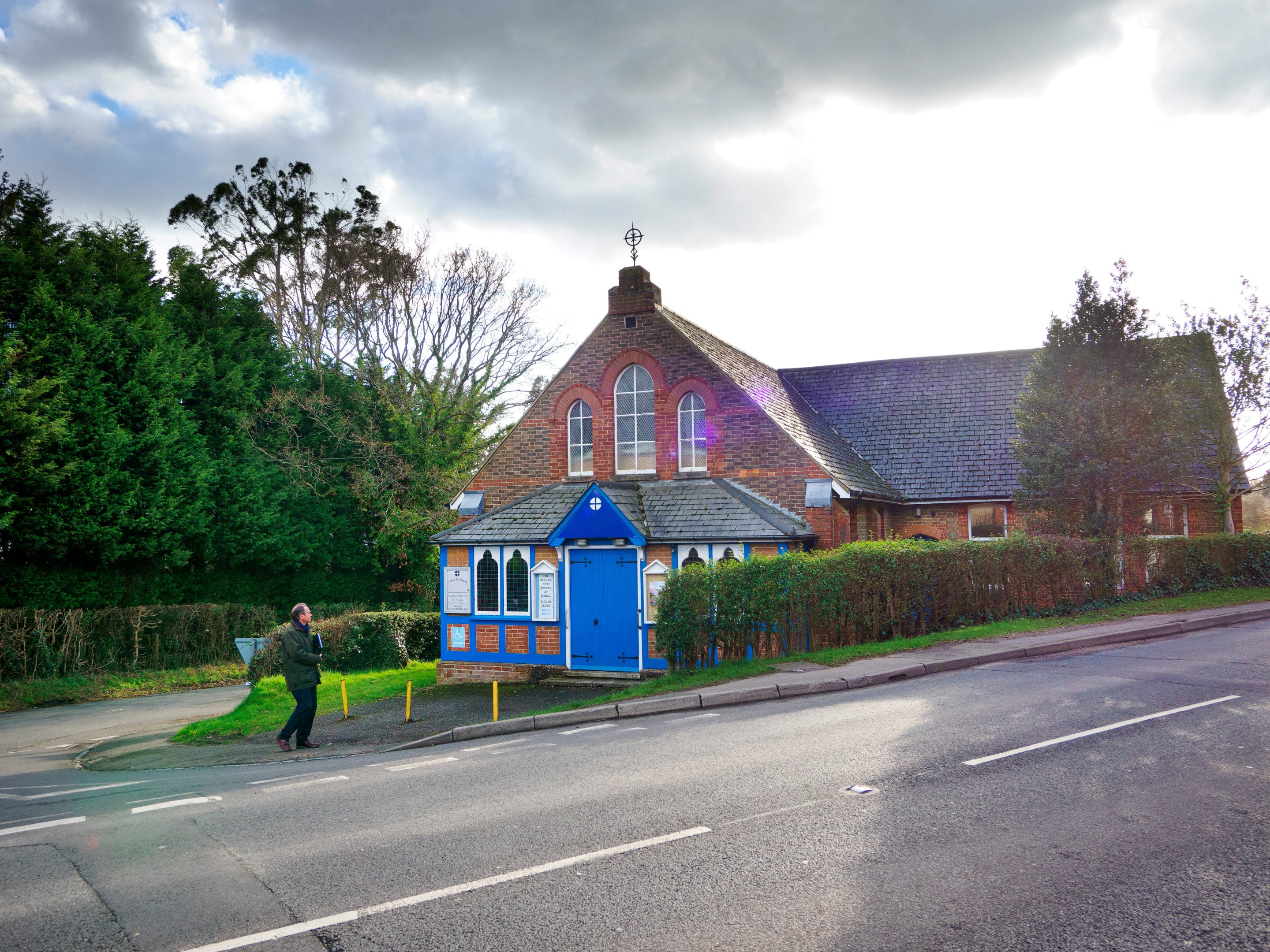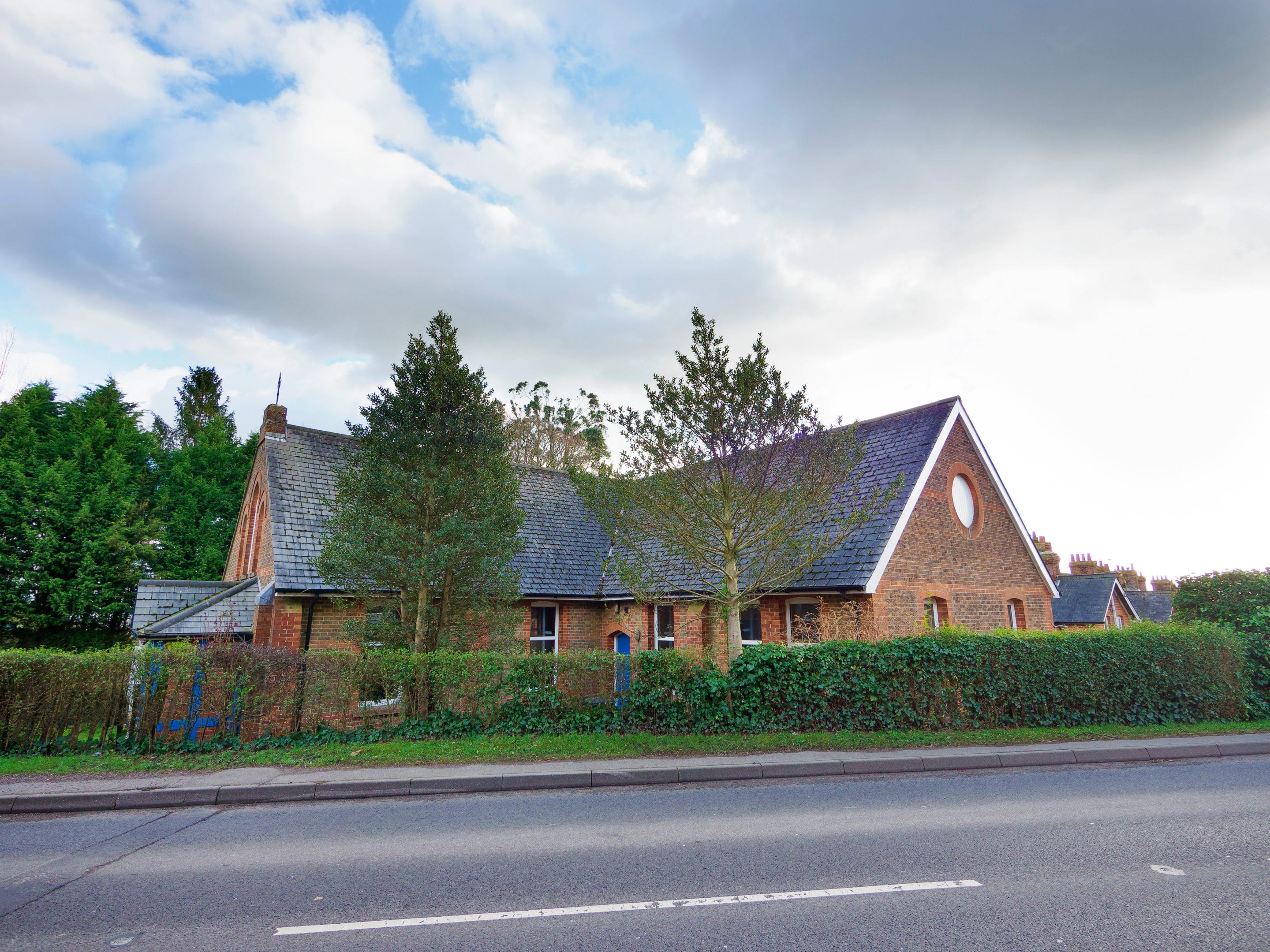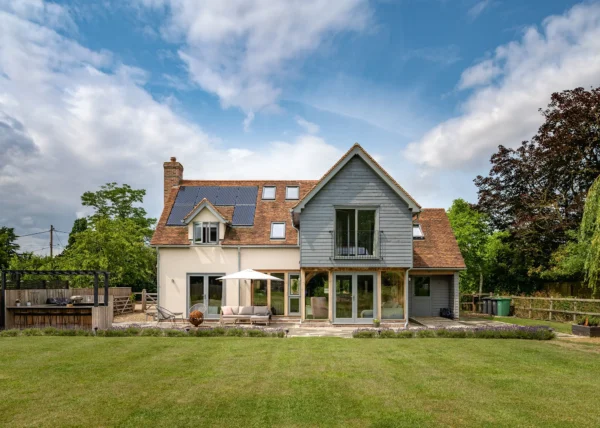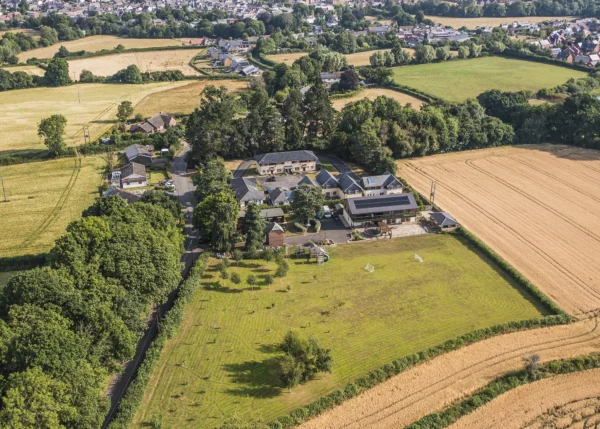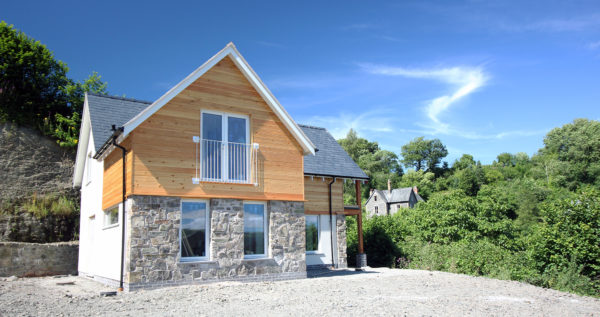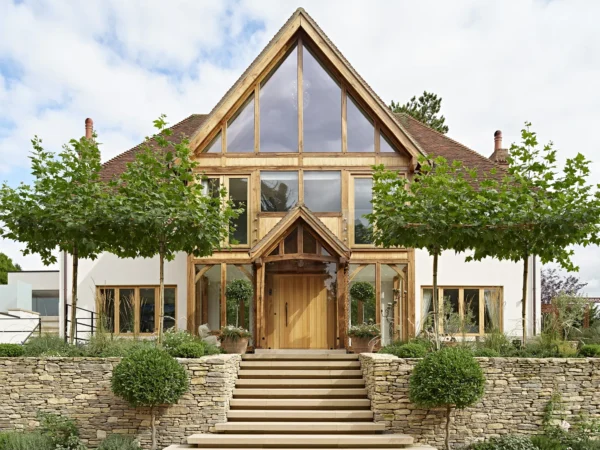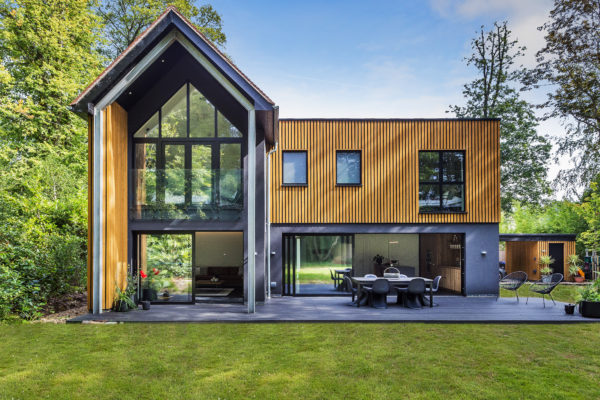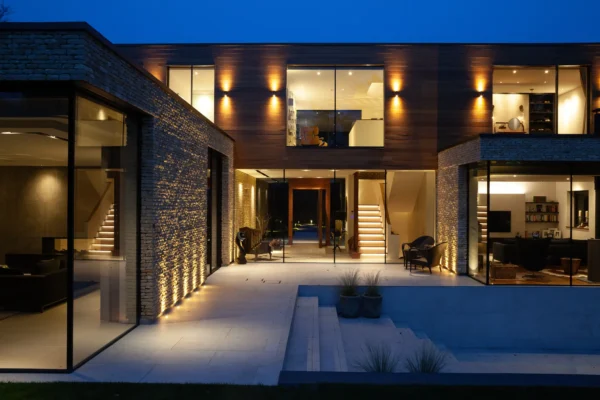Converting a Disused Chapel
Tom and Lucy Fennal have been looking for a property suitable for both a home and yoga studio. Existing houses lack the large open room necessary for their yoga space, and many of the plots they’ve looked at have been too remote from public transport to work for their clients.
They’ve spotted an old chapel in the right sort of location and wonder if it might be possible to convert it for their intended use.
The heritage property for sale
The chapel sits on the junction of a main road and a lane, just outside the centre of a village in Kent. There are bus stops nearby, and it’s only a couple of miles from a busier town. It’s deceptively large, and clearly has a big open room which would be ideal for yoga classes.
There’s not much land around it, but Tom and Lucy are not concerned about that as they have little time for gardening. Just down the lane there’s a small car park, which appears to be connected with the chapel.
This would be ideal for clients attending their yoga studio. So, on the face of it, this could be a suitable building to convert. But would planning permission be needed, and, if so, is it likely to be forthcoming?
Planning basics
Consent is needed from the local authority to convert a building where there are external changes to the structure, or where there is a material change of use from one purpose to another. Here, the building would have last been used as a chapel, which falls within the D1 use class, covering non-residential institutions.
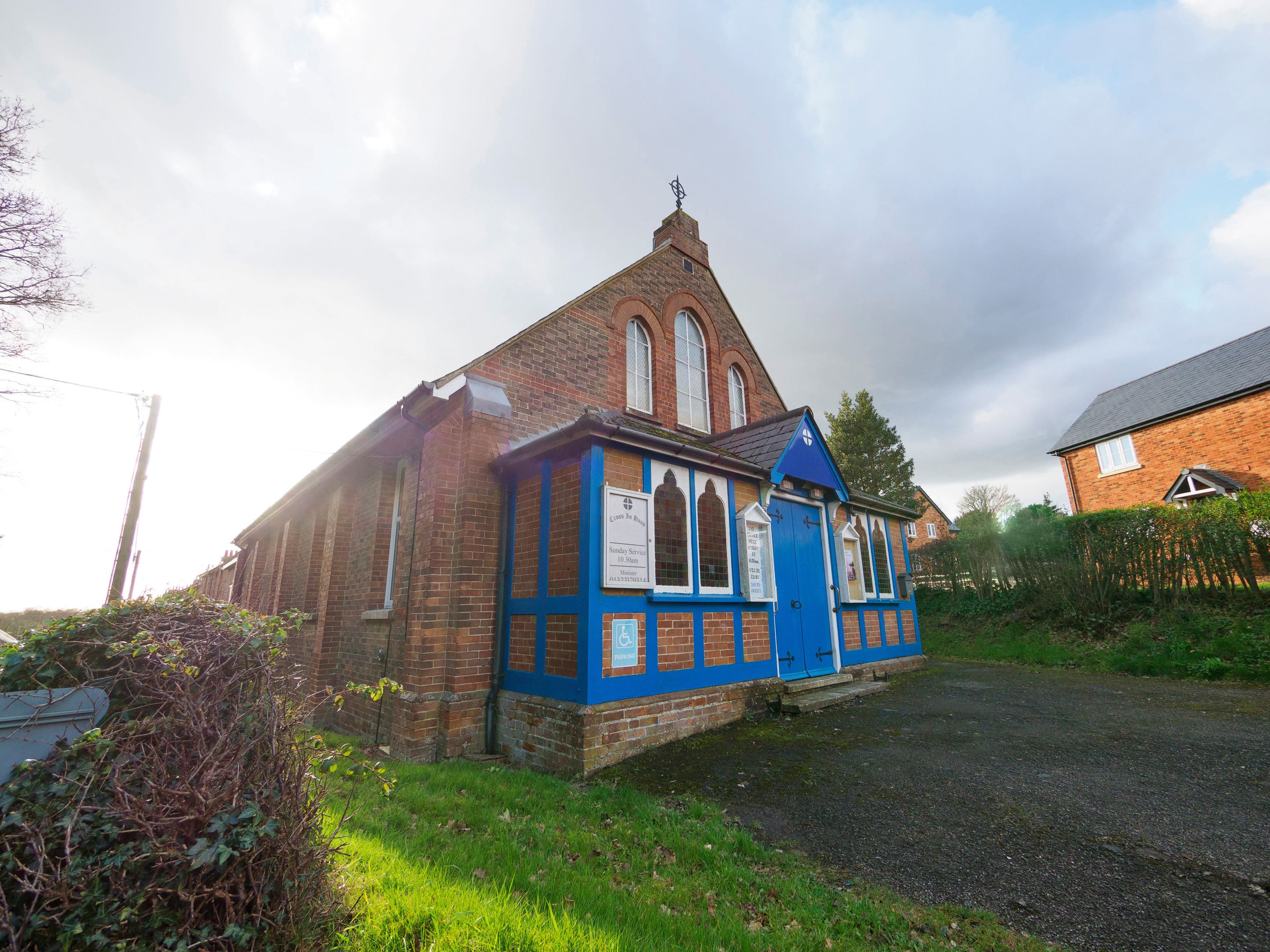
As these include education and training centres, the proposed yoga studio would fall within the same category – a promising start. However, Tom and Lucy’s requirements would actually be a mixed use of residential and business, so they’d need to seek planning permission.
Conversion prospects
The chapel is situated within a village with reasonable facilities, including a couple of shops, a school, a pub and a sports club. Residential conversion in this location is likely to be acceptable in principle. The council’s Local Plan is out of date, and it doesn’t have a five-year housing land supply.
This increases the likelihood that permission for conversion to residential use would be granted. Councils generally try to maintain community facilities, so there could be some resistance to the loss of the chapel.
However, Tom and Lucy’s yoga studio use would represent a community use that would not only benefit the village itself, but also bring people in from outside who might visit other facilities. So, in principle, the prospects for success look good.
Planning details
The chapel has plenty of windows so is likely to be convertible without significant external alterations. Internal changes, to create Tom and Lucy’s living quarters, are unlikely to prove contentious, provided the accommodation meets basic space standards. There’s no shortage of room, so that shouldn’t be a problem. Plus, the couple only want modest, two-bedroom living area.
The building doesn’t appear to be old enough to be listed, but Tom and Lucy should check, just to be on the safe side. If it is, internal works would come under much closer scrutiny. The things that are most likely to interest the planners are numbers of clients visiting, frequency of use, hours of operation, noise and parking.
Tom and Lucy will need to show that their proposed use would not adversely affect the immediate neighbours, or at least wouldn’t have greater impact than that of the former chapel when it was in use.
Whilst yoga isn’t inherently noisy, the planners would be interested in whether music might be played and also the noise of people entering and leaving the premises, banging car doors and so on. I don’t predict any particular problem with this, provided the use doesn’t extend too late into the evening. A cut-off of 9pm, for example.
If the planners were cautious, Tom and Lucy might need to point out that, unless the chapel use has limits on numbers of visitors and hours of use, then a yoga studio by itself wouldn’t be restricted. It’s only because of the domestic living that formal permission is needed at all.
First steps
Tom and Lucy need to establish two things. First, whether the chapel might be sold and second, whether they could get planning permission for their intended use. On the latter, while there’s every chance consent would be granted, it’s a considerable gamble to buy without some indication from the council that it would support their scheme.
On the question of whether the property might be sold, there are numerous examples of former chapels that have been sold and converted to houses. Whether the owners would be prepared to sell direct, without going into the market, is another question. Charitable bodies, like churches, may have to be seen to be getting the best price, which could rule out a direct sale.
The only thing they can do is to get online and look for the church’s property department, get in contact and ask the question. Even if the chapel is to go onto the market, Tom and Lucy would at least be at the front of the queue.
Nothing beats having planning consent before you buy. Here, the yoga use is a given. The part residential use shouldn’t be contentious given the village location. However, planning is a fickle thing and Tom and Lucy would be taking a risk if they bought without permission.
They could seek a pre-application view from the council, or professional advice from a planning consultant. Neither of these would give a definitive answer, though, as even
pre-application responses from councils are hedged about with provisos to the effect that they are only a single planning officer’s informal opinion.
Nonetheless, a strongly positive view might give Tom and Lucy sufficient comfort to take a punt and buy before formal permission is in the bag. If they are able to make an offer subject to planning, that would be even better.
In any event, whilst the planning merits of the case look very strong indeed, they should be conscious of local sensitivities and ensure that they contact immediate neighbours and the Parish Council to explain their proposals, answer questions and allay any fears.
Change, in a village setting, isn’t always welcomed by locals and if Tom and Lucy’s application was to prove contentious then it could get called to the council’s planning committee. Here, the strength of local feeling can adversely influence councillors regardless of planning officer support. A sensitive PR exercise should reduce the chances of that happening.
Conclusion
This is an ideal site for Tom and Lucy. Even if it turns out not to be up for sale at the moment, it gives them a good indication of the type of existing property that might be suited for conversion to their intended use. Planning ought to be straightforward, but they should proceed with caution and avoid taking unnecessary risks.
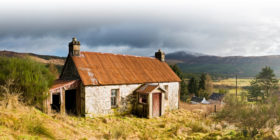


































































































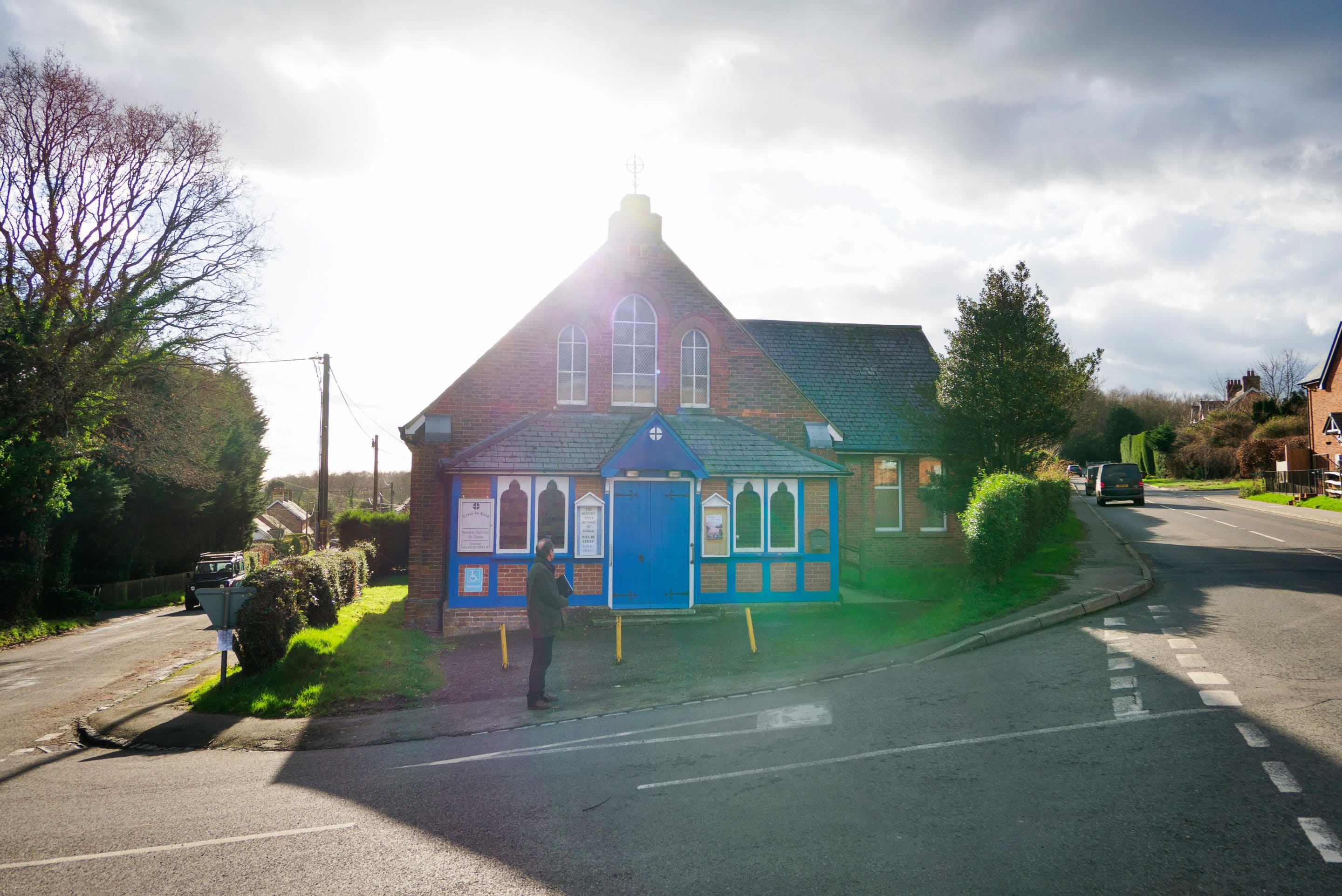
 Login/register to save Article for later
Login/register to save Article for later

